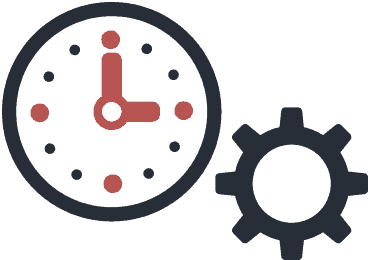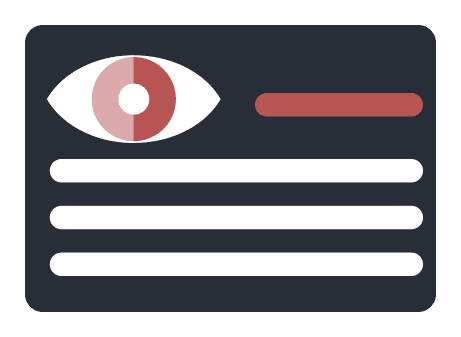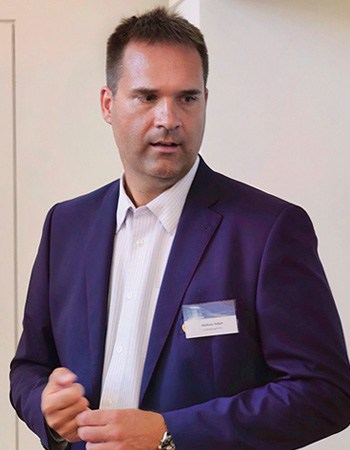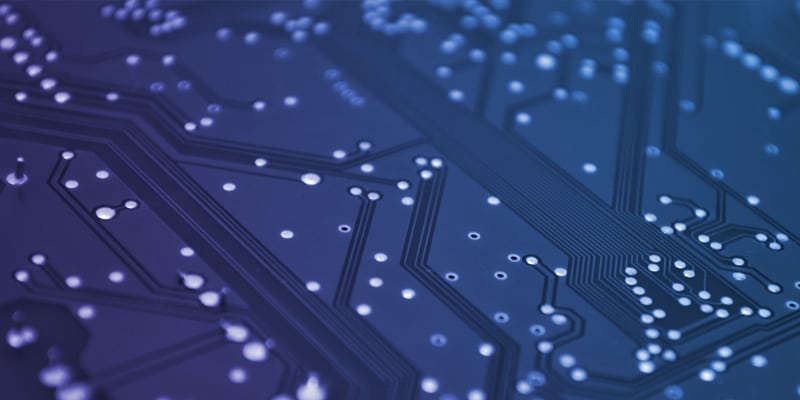
We have already seen several examples how providing assets with a unique identifier can be beneficial in real estate operation, or even by production machines. In short, the movement of the devices can easily be tracked, the maintainer can check whether he is starting the work on the proper equipment or only on a similar device nearby.
The use of unique identifiers in the OrthoGraph’s system can also greatly speed up on-site work and improve service quality.

What if the maintenance staff isn’t ideally committed or just simply: occasionally comfortable?
We’ve seen maintenance, cleaning person, or security guard preferring to have a coffee with buddies rather than take on the task at hand. We have also seen similar situations with a colleague or a subcontractor under SLA. In such cases, not only performing a task is annoyingly delayed or missed, but it can also have serious impact on the costs, or even worse, health implications for such an anomaly.

Executability of the SLA
Through digitisation, it has become possible to carry out operational tasks on a planned and scheduled basis, and thus only the employee’s mood has become the critical weak link.
This can be prevented by the employee reading the unique identifier of the work item with a mobile device to verify the start and end of the work. This not only confirms that the work actually took place on the desired equipment or room, but also exactly registers when the work began and how long it took. As a result, SLA contract terms will be accurately tracked and adhered to.
In the case of cleanings, the typical working time demand for each room develops in a few weeks (data analysis quickly creates valuable information), in the case of the maintenance task we know for sure that the maintainer replaced the filter in the desired fancoil – preventing legionella infection – or by a simple lubrication at a manufacturing plant to prevent a serious downtime.
The RFID chips cannot be photoed
I mean obviously photo shoots can be done of them, but that’s just completely pointless. RFID chips are active devices that can only be read on site, even from places where there is no direct access to them (e.g. on the inside, closed side of a built-in piece of furniture). This means that the cleaner or security guard really has to go to the scene to prove he was there, but if he is already there and has to stay there for the duration of the typical work anyway, then he will probably do the job assigned to him. The same is true for the regular machinery maintenance, so we can be sure that our machine will not break down over time due to a banal trifle.

What’s more – though it sounds futuristic , but it’s already available –the security guard can even compare the air handling noise on foot with the normal operating noise recorded in OrthoGraph and report if something doesn’t sound the way it should. We are already preventing critical problems with a very simple tool.
The coffee can stay for the coffee break, because of course it goes what it does, and in this case it is also well deserved.

How are the costs?
No matter how surprising it is, but there is no significant price difference between the two technologies. RFID chips are being produced in millions and even billions by manufacturing machines, but barcodes need manual work. By the end both technologies costs similarly, and in this case, it is worth choosing the modern one, because there is even more added value in it.

Is RFID good for anything more?
Most RFID chips can not only give us a unique identifier but are also suitable for minimal data storage. It can store when and who read it in the last few times, or on what device they should be located in principle, or e.g. RFID gates can also be used to track the movement of devices. And with that, we just scratched the tip of the iceberg.

The significant added value of the mobile technology
If we plan with the presence of RFID unique identifiers, then not only the operation but also the day-to-day productive activities can be significantly improved, in some cases also saving lives.
Just imagine when we register a hospital patient for a particular bed. From that moment by using OrthoGraph, we know exactly where the patient is located physically (now this is an increased difficulty with COVID), the nurse who brings the medicine will be confirmed when reading the bed ID that she/he is taking the proper medicines, the central system will record and when and what medications the patient received, ensuring they received the necessary care.
If the hospital devices are also prepared for the support of RFID technology (think about expensive machines), e.g. before using a CT or ECG, it can be required to be activated by the medical person by scanning the RFID chip, otherwise it will not start. In other words, we already have the information on the utilization of each piece of equipment for doing the cost allocation, and by this the real department who using it will bear its costs proportionally.
The same story applies to the use of a university classroom or university equipment. It creates a similar value for them, the use of locations and equipment can be tracked on a real basis.
How interesting it is that this tiny smart sticker can have such a huge impact on the processes of real estate, equipment or even patient care, and it provides all this not only in economic but also in service value.

Adam Korbuly
CTO , OrthoGraph

Recent Comments